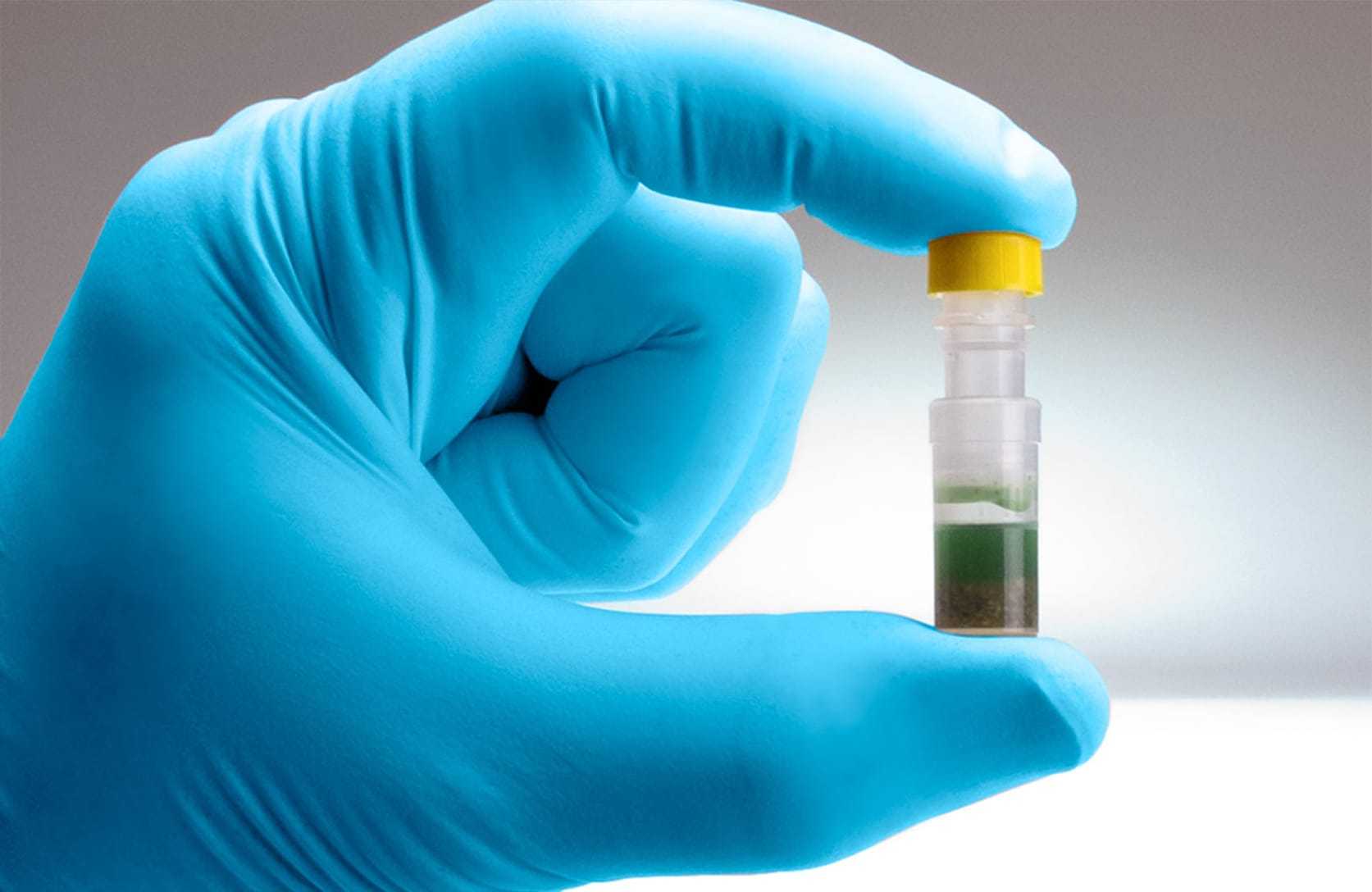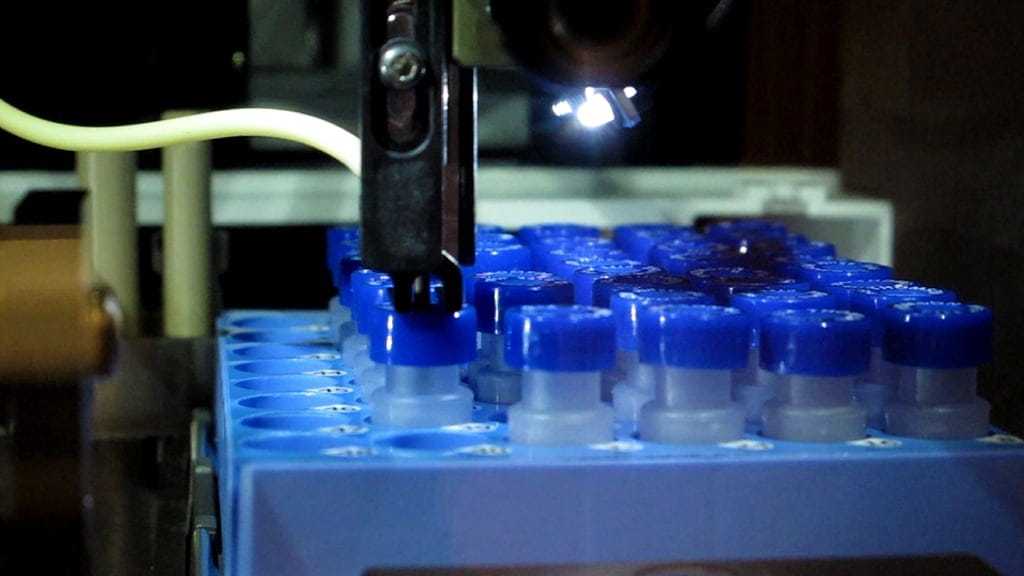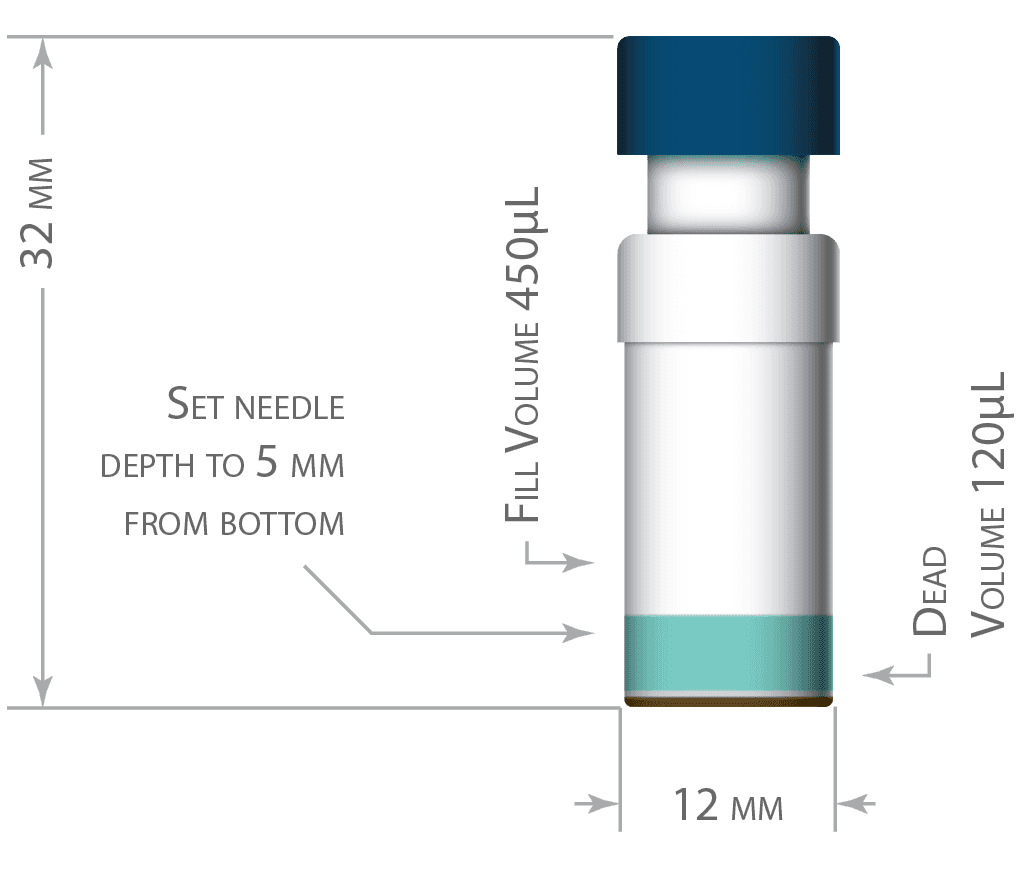Filter Vial Overview
Accommodating A Variety of Sample Types
Filter Vials are a single system which replaces HPLC Vials, HPLC Caps, Syringes, & Syringe Filters for the filtration of samples. In 15 seconds, Thomson Filter Vials allow for sample preparation of unfiltered samples to filtered samples in an autosampler-ready vial.

Versatility Built Into Filter Vials
low volume, viscous, particulate-laden or high volatility organic solvent Thomson has a Filter Vial to fit your needs
Key Features
Same Size as a standard HPLC Vial and will fit easily into any machine or tray available for standard HPLC vials
Available in PTFE, PVDF, PES and Nylon membranes
Pore sizes of either 0.2μm or 0.45μm

How Filter Vials Work
Similar to how a french press works...
Similar to how a french press (cafetière à piston) works, Filter Vials filter particulates out of the sample with similar membranes used in syringe filters. The pressing of the plunger into the shell vial forces the sample up through a filter to separate the particulates from the sample to be analyzed. Thomson has several filter membranes and pore sizes to choose from making the Filter Vial a versatile tool in the lab.

Standard Filter Vial Specifications
Filter Vials Are Fast
Easy As 1, 2, ... Done!

In two steps
- Deposit sample into shell vial
- Insert plunger into the outer shell & press
15 seconds
Two steps and 15 seconds and you can have a safe and secure sample for analysis.
You can prepare a safe particulate free sample in less time than it takes to open the syringe packaging and add a syringe filter.
Applications & Compatibility
Links & Downloads
Frequently Asked Questions
- What will my benefits be of my lab standardizing on Filter Vials?
- Thomson Filter Vials give the ability to protect your HPLC or LCMS, UHPLC, GCMS like an oil filter protects the car. One wants to eliminate any particulates floating throughout the system.
- What autosamplers does the Filter Vial work in?
- The Filter Vial fits in any autosampler that uses 12x32mm or 2mL vials . Most autosamplers such as Agilent® and Waters®.
- Where does the liquid go when you squeeze?
- The liquid or sample goes into the plunger part of the Filter Vial while the particulates are filtered out.
- What is the Filter Vial made out of?
- It is made from Virgin PP tested by LCMS.
Filter Vial Comparison
A comparison of the Filter Vial Types
| Features & Specifications | Standard For Most SamplesSee More | Multi-Layered FiltrationSee More | 10μL Minimum VolumeSee More | Minimize Evaporative LossSee More | |
|---|---|---|---|---|---|
| Basic Features | |||||
| Simple to use | |||||
| Clear up lab space | |||||
| Eco-Friendly solution | |||||
| Easy to hand press | |||||
| Toggle Press compatible | |||||
| 48 Position press compatible | |||||
| Extends column life | |||||
| Reduces injector clogs | |||||
| Reduces Repairs & Service | |||||
| Color coded caps | |||||
| Membranes Available | |||||
| PVDF | |||||
| PTFE | |||||
| Nylon | |||||
| PES | |||||
| Pore Sizes Available | |||||
| 0.2μm | |||||
| .45μm | |||||
| Eliminates Need For | |||||
| Syringe Filter | |||||
| Syringe | |||||
| Hplc Vial | |||||
| HPLC Cap | |||||
| Spin Filters | |||||
| High Recovery Vials | |||||
| HPLC Inserts | |||||
| Fill & Dead Volume | |||||
| Fill: 450μL / Dead:120μL | |||||
| Fill: 250μL / Dead:10μL | |||||
| Pre Filtration | |||||
| Particulate-Laden Samples | |||||
| Minimize Matrix Effects & Ion Suppression | |||||
| Available with pre-slit or non-slit caps | |||||
| 10µL sample for 2μL injection | |||||
| evaporation rate: <0.4% / 24hrs* | |||||
Standard For Most SamplesSee More | Multi-Layered FiltrationSee More | 10μL Minimum VolumeSee More | Minimize Evaporative LossSee More | ||
Thomson is not affiliated with Waters® and Agilent® or their products. Teflon is a registered trademark of Teflon.
* nano|Filter Vial® requires non-slit cap to acheive stated evaporation rate

Looking for the right Filter Vial?
We're here to help!
Thomson employs a nationwide team of expert technical support staff ready to help in finding the right Filter Vial or creating a custom Filter Vial for your application.